|
For those who love traveling, it can be a tremendously invigorating and inspiring experience. Why? Because it takes you out of your normal life and, in a certain way, changes who you are. It sort of rearranges your alchemic make up. When you come back, at least for a while, everything looks different.
So, when my friend asks me, “what was your favorite part of the trip?” I have a difficult time answering. Which part of me are you asking? What aspects of myself went on this trip with me? The Artist, of course. The Dance Enthusiast The History Geek The Antiquarian/Archeology Nerd (Also, The Spoiled Princess- who can’t sleep because she doesn’t have her special pillow with her.) I am a bit overwhelmed by all the amazing things I saw and experienced on this trip. So, rather than being able to write about it in a single entry, I need to write about it in parts, and let the entries come out when and how they may. This entry is about The Artist in me. I saw a lot of art on my trip, both in museums and in the historic places we visited. Lisbon
I also got introduced to an artist I had never heard of before, Renato Guttuso, which was wonderful. Madrid Madrid is one of the major cities of the world, with two of the truly great historic art museums, The Prado and The Reina Sophia. The Prado houses art from antiquity up to the late 1800’s. It’s a large and unique collection of European art, mostly Spanish, some well-known, others not as much. It includes some of the most famous paintings by Bosch, Titian, El Greco, Rubens, and especially Velázquez and Goya- a LOTTA Goya. Hieronymus Bosch The Garden of Earthly Delights is one of the most wackadoodle paintings of all time, and it is, well, a delight. Velasquez A particularly satisfying art experience was seeing Las Meninas by Velasquez. Painted in 1656, it is over 10 feet tall. It’s one of the most enigmatic paintings of the era, during a time when subject matter was really controlled and standardized. It is like a snapshot of a moment in time, rather than like the rigidly posed and symbolically informed art that was in vogue at the time. There are nine figures in the painting; the Infanta (or, Princess), various attendants, two dwarves (who were also attendants) the king and the queen reflected in a mirror, and Velasquez himself. (A few years ago, I was able to go to The Museu Picasso in Barcelona and see a series of 58 paintings that he did in 1957, all based on Las Meninas. But more about that guy later.) Goya There is happy Goya, then sad, crazy Goya. Then there is dark Goya, who really stepped out of the common, more commercial art-making of the day to create stark, raw paintings and etchings about some of the vile aspects of humanity.
The most famous of these is Saturn Devouring His Son, based on Greco-Roman mythology. I have seen reproductions of these paintings all my life, and to see them in person was thrilling. Picasso Picasso was born in Malaga, Spain. He lived in Barcelona and France. I have gone to a lot of museums devoted to his work. I don’t love all Picassos. He was an immensely prolific artist, who lived and worked a helluva long time. He was one of the most famous artists of all time, even during his lifetime, so if he blew his nose on a hanky, some museum somewhere probably has it. Moreover, he was incredibly versatile and his style ranged widely. So. I don’t love all Picassos. But I love The Guernica. So much that I actually call it The Guernica, for some reason. It’s about the bombing of a Basque country town by Nazi and Fascist Italy forces in 1937. It is over 25 feet long. It is entirely black, white, and variations of warm and cool greys. The forms fold and unfold upon themselves, and it the best of what cubism can offer. The abstraction supports the emotional power of the moment. Chaos, pathos, terror, grief. Seeing it in person was like looking at the Grand Canyon for me. I could see the subtly of the “color”, the ghosts of lines and brush marks that had been corrected or shifted. In the room where it hangs are arranged drawings and paintings that are clearly sketches for the final piece. Also included in this same room was Minotauromachy, a largish etching from 1935. I adore Picasso’s classically inspired etchings, and this is one of the best. Because it is an etching, and therefore there are multiples of it, I have seen it before. But I it was great to see it again.
I somehow doubt I will go into The Spoiled Princess aspect of myself, as it is somewhat embarrassing.
0 Comments
Leave a Reply. |
Take a Closer Look.
Here is an intimate, in depth glimpse into my thoughts, inspiration and artistic process. Categories
All
Not seeing what you're looking for? My previous blog on blogspot can be found HERE.
|
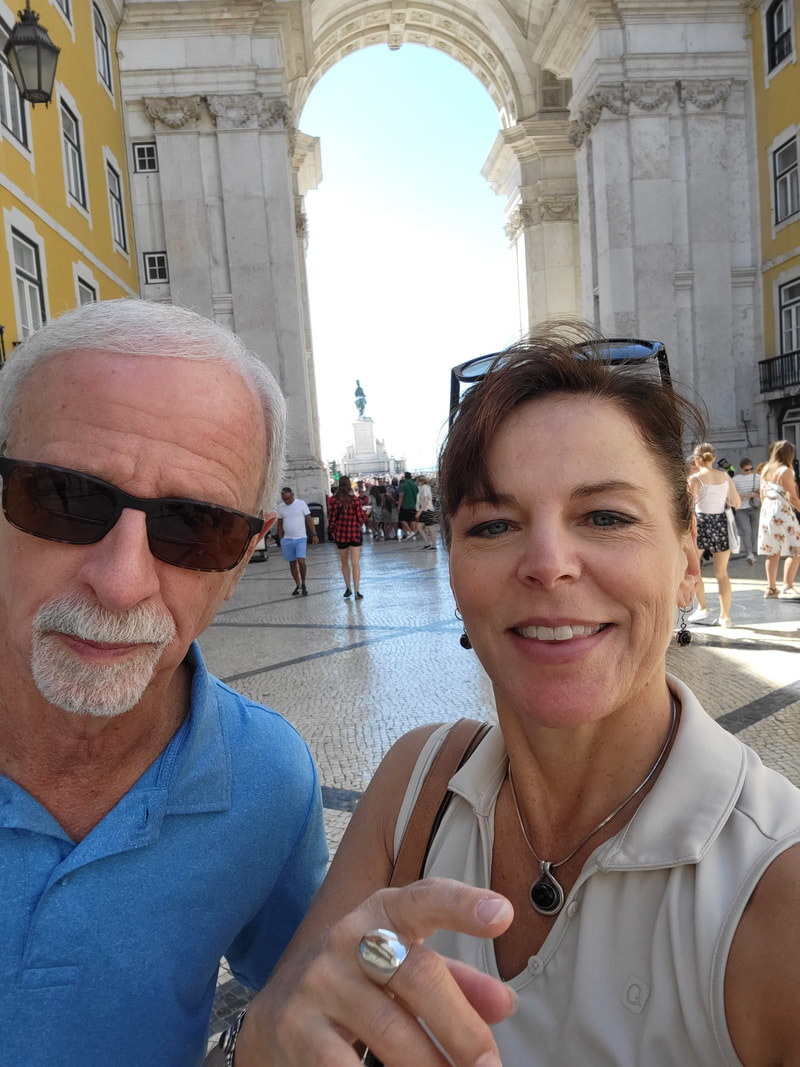
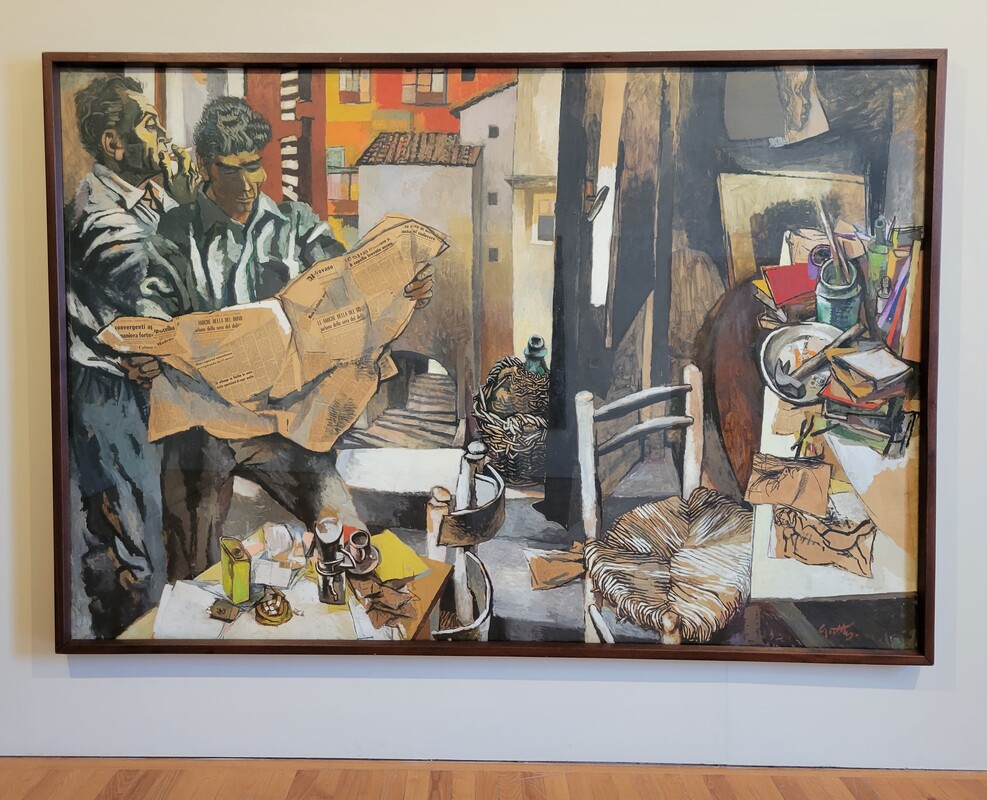
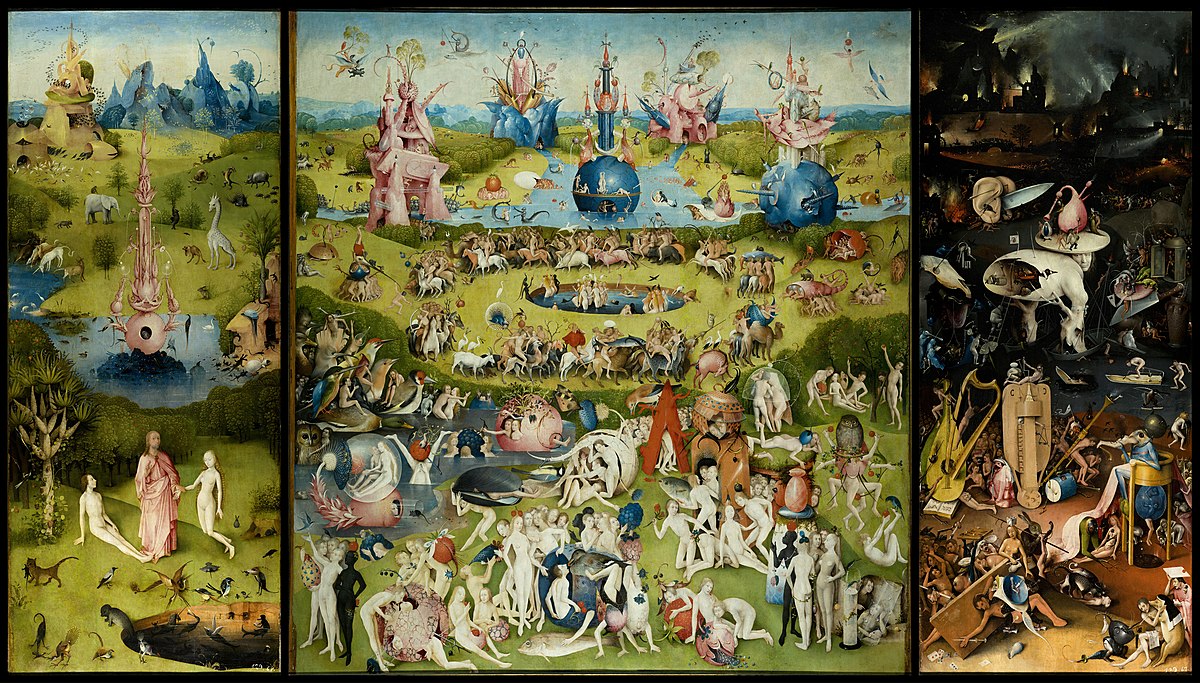
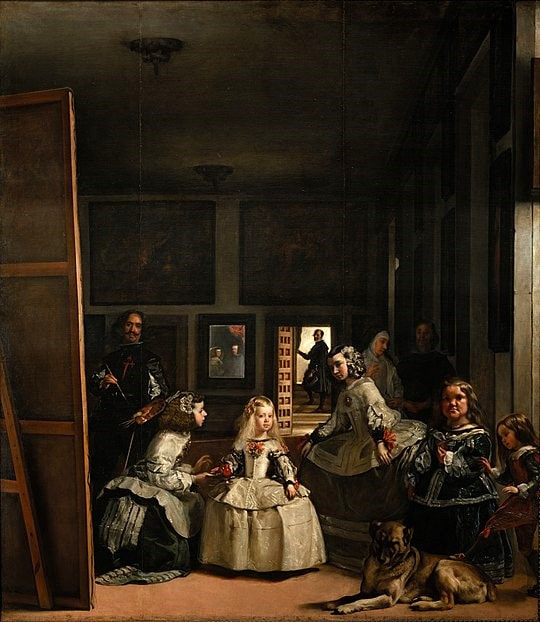
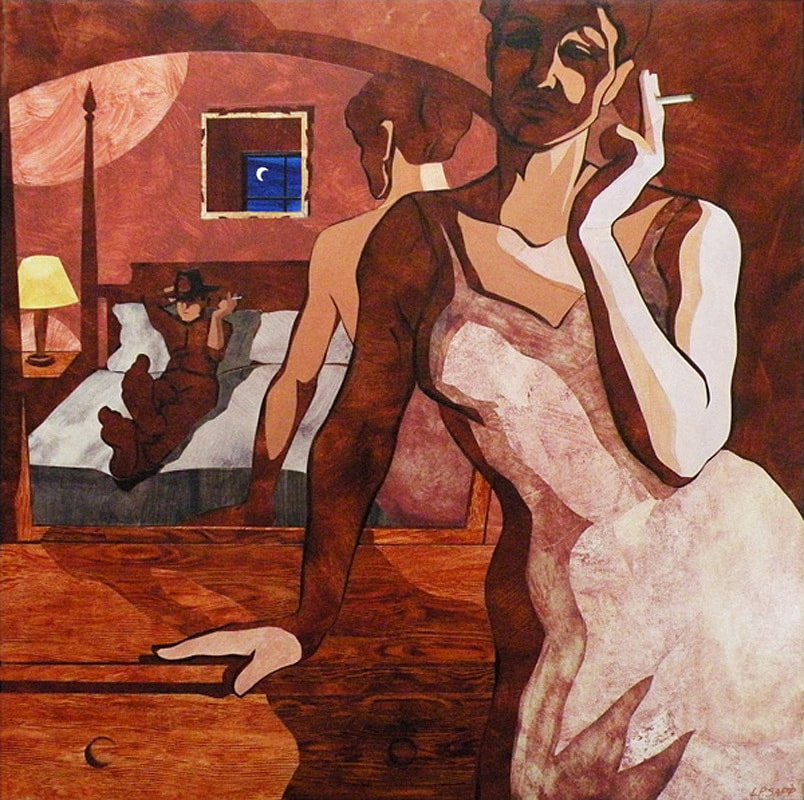
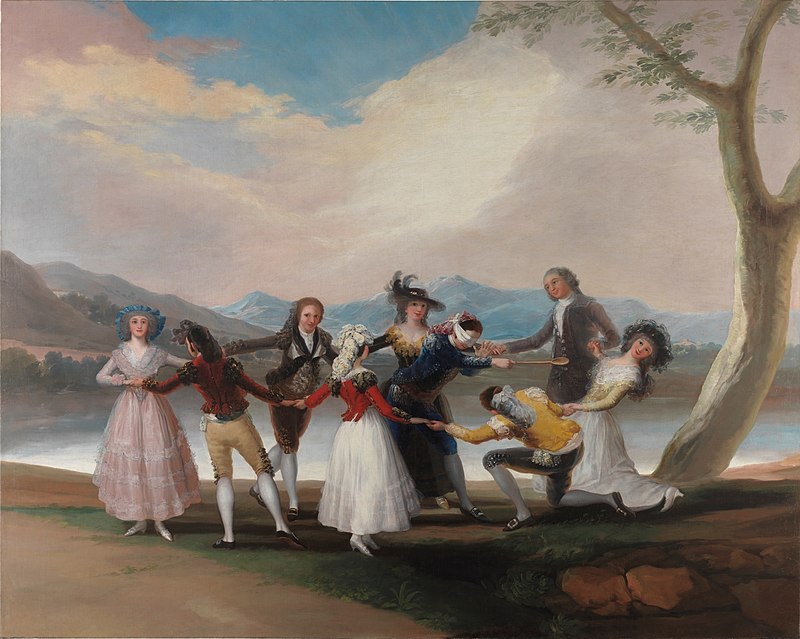
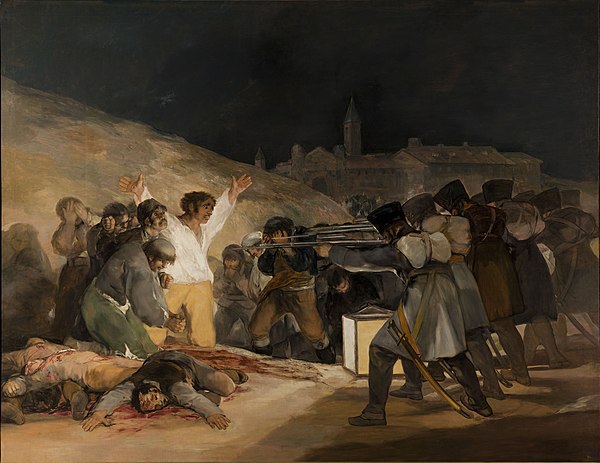
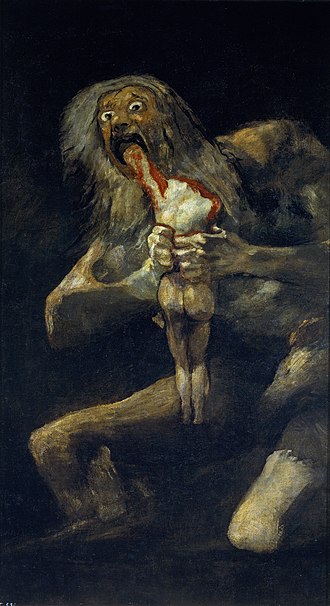
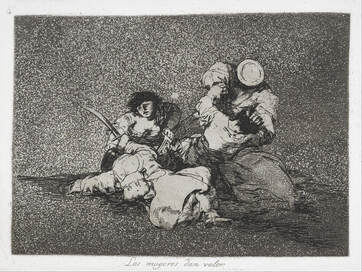
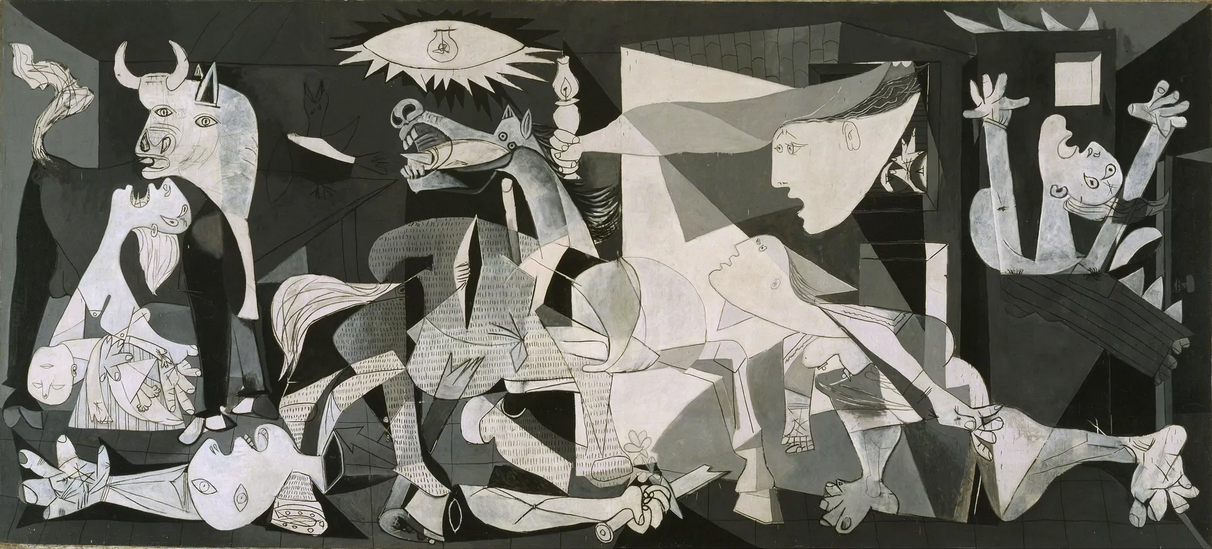
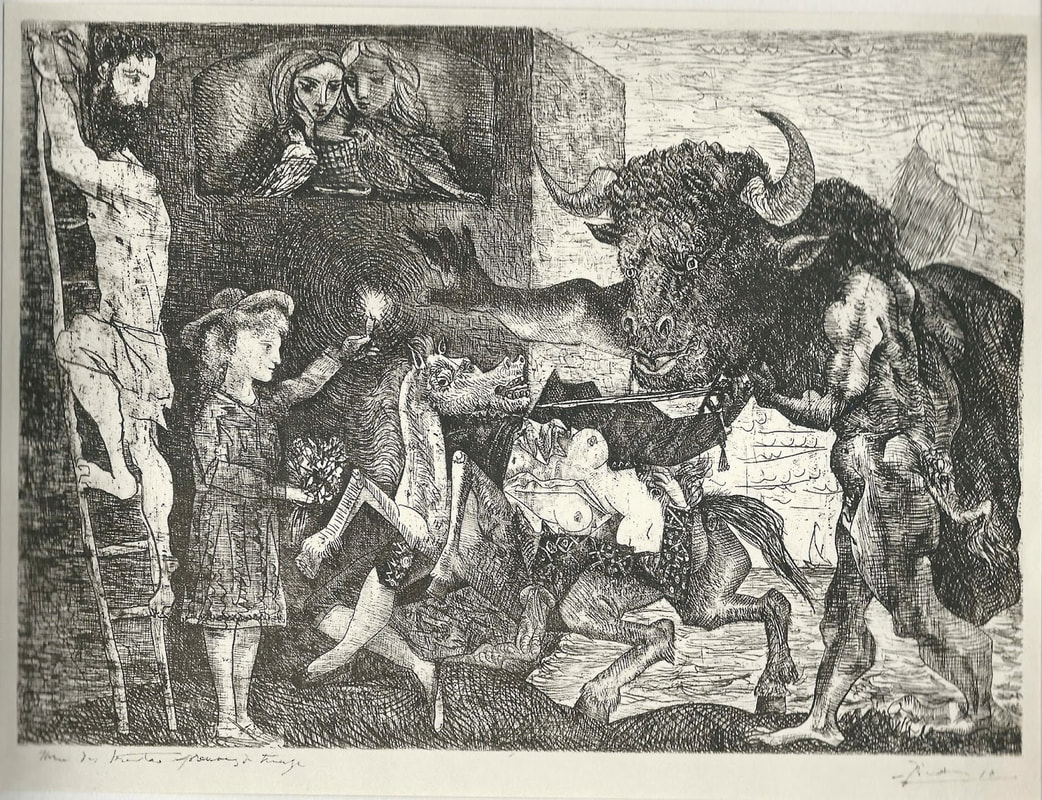
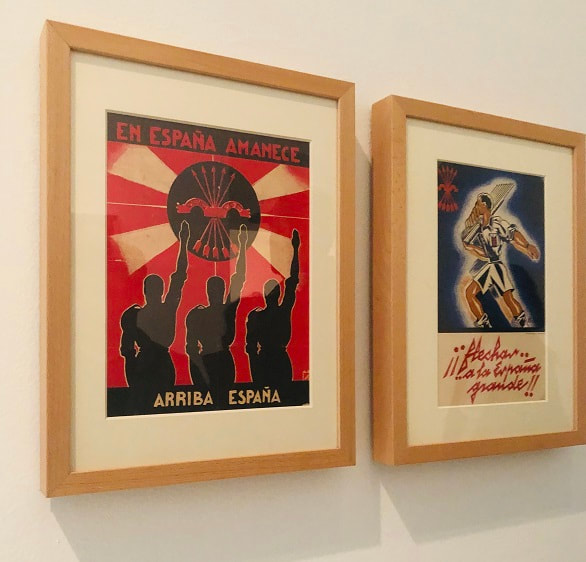
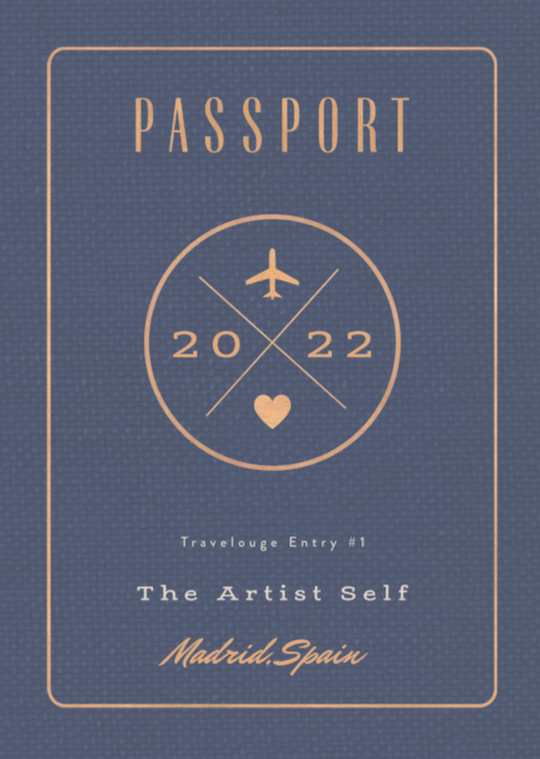
 RSS Feed
RSS Feed